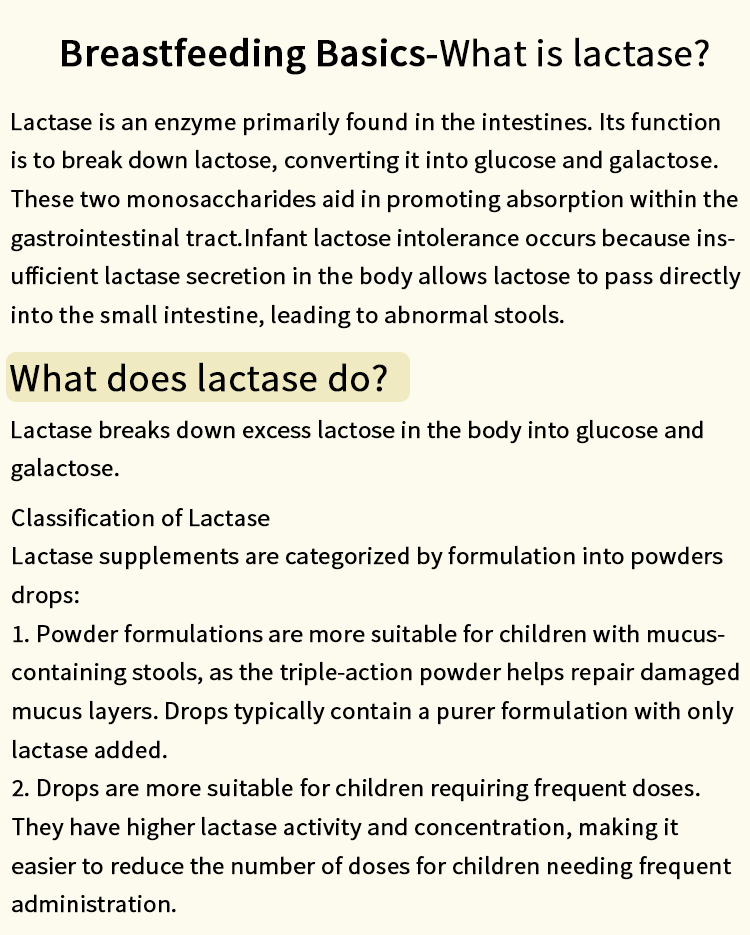In an era where environmental sustainability and personal health are at the forefront of public consciousness, the quest for safe chemicals has become increasingly relevant. Whether in household products, industrial applications, or agricultural practices, the demand for non-toxic alternatives is rising. This article delves into the safest chemicals available, their applications, and the science behind their safety, providing a thorough understanding for consumers and professionals alike.
Understanding Chemical Safety
Chemical safety is a multifaceted concept that encompasses toxicity, environmental impact, and long-term health effects. The safety of a chemical is often determined by its structure, reactivity, and the exposure levels associated with its use. Regulatory bodies such as the Environmental Protection Agency (EPA) and the European Chemicals Agency (ECHA) play crucial roles in assessing chemical safety, providing guidelines and regulations to protect public health and the environment.
Categories of Safe Chemicals
- Biodegradable Surfactants
Surfactants are commonly used in cleaning products and personal care items. Traditional surfactants can be harmful to aquatic life and ecosystems. However, biodegradable surfactants, such as those derived from natural sources like coconut oil or corn, offer a safer alternative. These compounds break down more easily in the environment, reducing their ecological footprint. - Natural Preservatives
The preservation of food and cosmetics often involves synthetic chemicals that can pose health risks. Natural preservatives like vitamin E (tocopherol), rosemary extract, and citric acid are effective alternatives. They not only extend shelf life but also provide antioxidant properties, enhancing the safety and quality of products. - Plant-Based Solvents
Solvents are essential in various industries, from paint to pharmaceuticals. Traditional solvents like benzene and toluene are known for their toxicity. In contrast, plant-based solvents such as ethanol, d-limonene, and ethyl lactate are safer options. These solvents are derived from renewable resources and have lower toxicity profiles, making them suitable for both industrial and consumer applications. - Non-Toxic Flame Retardants
Flame retardants are crucial for fire safety but have been linked to health concerns. Safer alternatives include phosphorus-based compounds and natural fibers like wool, which inherently resist flames. These materials provide effective fire resistance without the harmful side effects associated with traditional flame retardants. - Essential Oils
Essential oils are increasingly popular for their aromatic properties and potential health benefits. Oils such as tea tree, lavender, and eucalyptus possess antimicrobial properties, making them suitable for use in cleaning products and personal care items. When used responsibly, essential oils can serve as effective, non-toxic alternatives to synthetic fragrances and preservatives.
Evaluating Chemical Safety
When considering the safety of chemicals, several factors should be taken into account:
- Toxicity Levels: Understanding the LD50 (lethal dose for 50% of the population) and other toxicity metrics can provide insight into the potential risks associated with a chemical.
- Environmental Impact: Chemicals that are persistent in the environment or bioaccumulate in living organisms pose greater risks. Biodegradability and eco-toxicity assessments are essential for evaluating environmental safety.
- Regulatory Compliance: Chemicals that comply with established safety standards and regulations are generally safer choices. Always look for certifications from recognized organizations.
The Future of Safe Chemicals
The movement towards safer chemicals is gaining momentum, driven by consumer demand and regulatory changes. Innovations in green chemistry are paving the way for the development of new, non-toxic alternatives. Researchers are exploring bio-based materials, advanced synthesis techniques, and sustainable practices to create safer chemicals for various applications.
Conclusion
The quest for safe chemicals is not just a trend; it is a necessary evolution in our approach to health and environmental stewardship. By understanding the categories of safe chemicals and evaluating their safety profiles, consumers and professionals can make informed choices that benefit both personal health and the planet. As we continue to innovate and prioritize safety, the future looks promising for the development of non-toxic alternatives that enhance our quality of life while protecting our environment.





+ There are no comments
Add yours